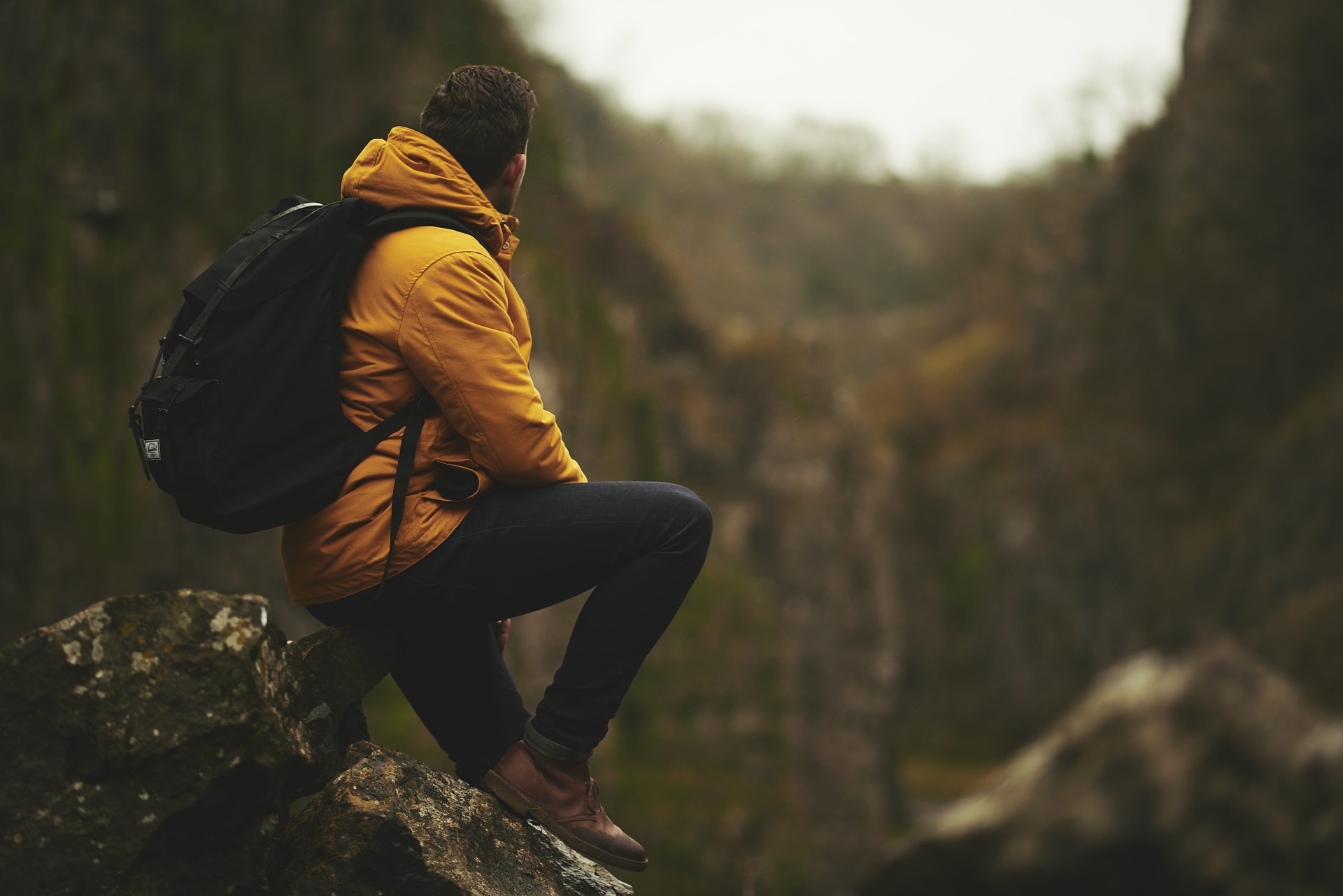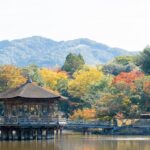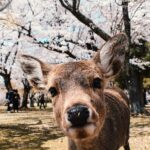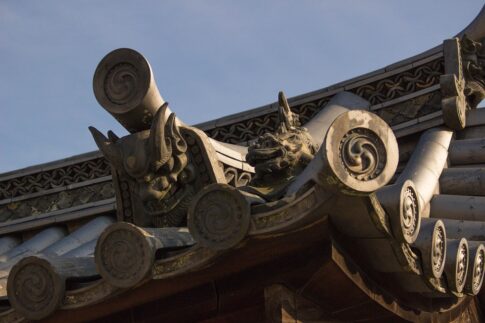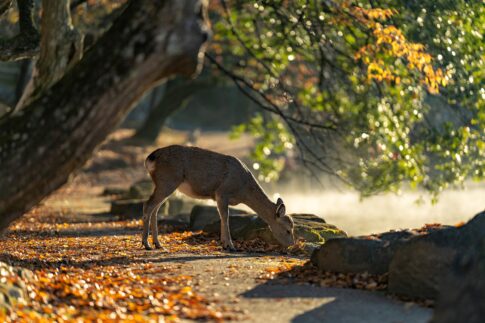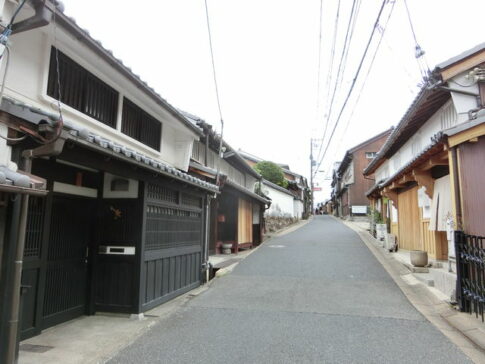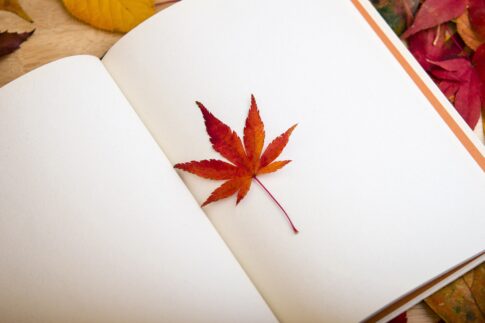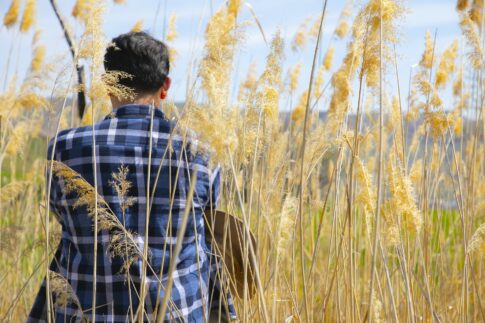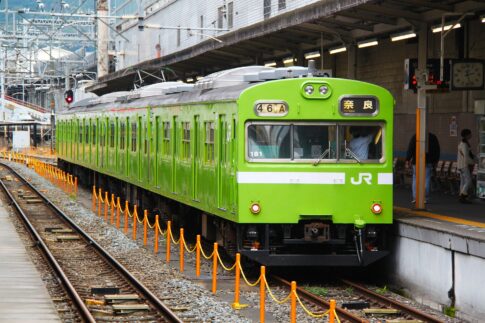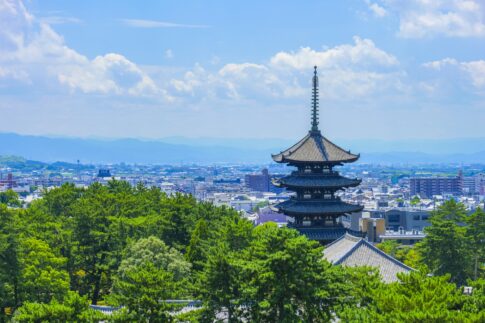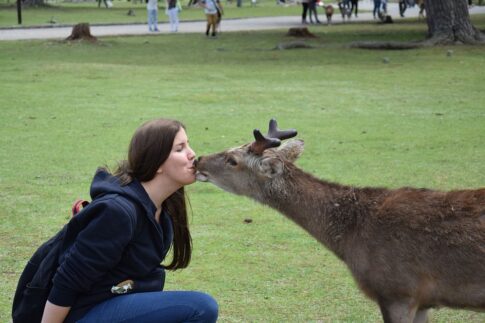Have you ever enjoyed hiking in Nara?
There are many types of mountains in Nara, so it is easy for beginners to try hiking.
We will introduce 3 places that are good for it!
① Mt. Wakakusa

Mt. Wakakusa, also known as Mt. Mikasa, is a symbolic mountain of Nara, covered with grass and forming a series of three mountains.
With an elevation of 342 meters, Mt. Wakakusa is an easy hike for everyone, from families to beginners.
Hiking to the top of the mountain, you can enjoy the scenery of the ancient capital Nara below.
・ The Popular Course for Beginners
The time required is short, and the course may not seem like a hike.
It takes about 10 to 15 minutes from either the north or south gate to reach a place where you can view Nara Park and Todaiji Temple.
Because it is a short hike, beginners as well as those with children can enjoy it without problems.
If you enter through the North Gate, you can also circle around and exit through the South Gate.
This is a course to enjoy hiking from the North Gate to the summit observatory of Mt. Wakakusa.
It takes about 50 minutes to reach the summit.
Entering from the North Gate, you will climb about 350 steps.
After about 15 minutes, you will arrive at the first staircase.
From here you can see the five-story pagodas of Todaiji and Kofukuji.
After another 10-minute walk, you will arrive at the second staircase.
You can see a slightly different view of Todaiji Temple from the first floor. After another 10 minutes, you will reach the summit observatory.
Deer may welcome you. From the summit observatory, you can see Mt. Katsuragi, Mt. Ikoma, and the mountains of Yoshino in the distance.
② Mt. Yoshinoyama
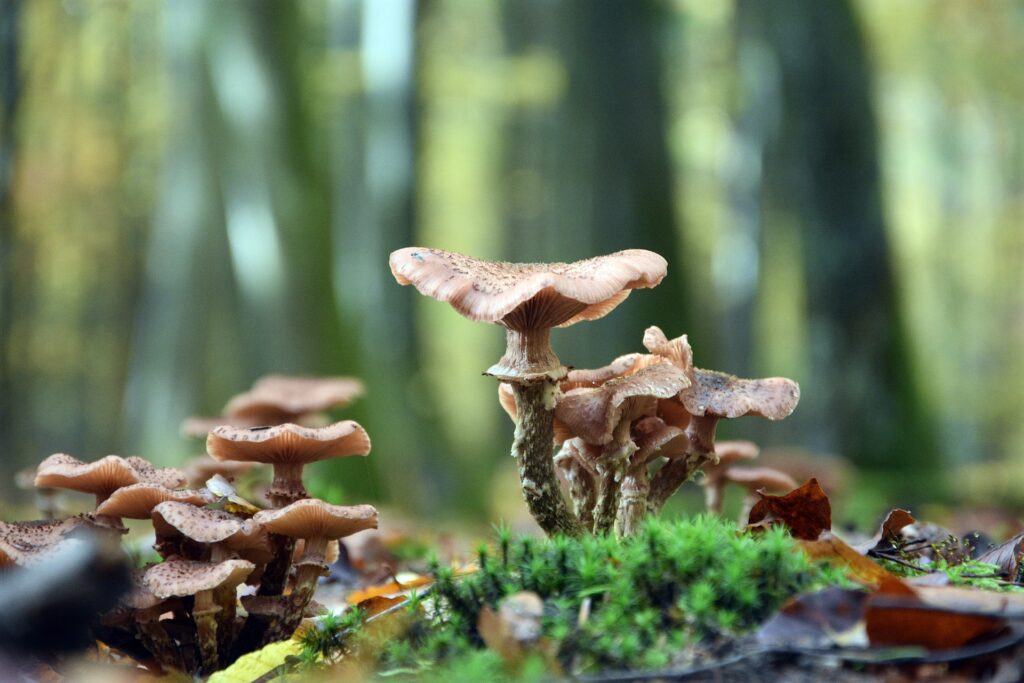
Mt.Yoshino located in Yoshino Town, Yoshino County, in central Nara Prefecture, is an area of ridges stretching approximately 8 km from the Yoshino River to the Omine Mountains.
Mt. Yoshino has been known and cherished as a famous cherry blossom viewing spot for approximately 1,300 years, with a collection of about 200 varieties of cherry trees, including the white mountain cherry, numbering 30,000 trees.
The Yoshinoyama Cherry Blossom Garden has been carefully protected throughout its long history, and has appeared in the poems of many poets.
The entire mountain area is a World Heritage Site.
The entire mountain area, including temples and shrines, is registered as a UNESCO World Heritage site, and hiking in Mt. Yoshino is a popular way to see the historical buildings of the World Heritage site while hiking.
In addition, the path of ascetic practices connecting Yoshino-Omine and Kumano Sanzan is called Omine-Okugakemichi, and ascetic practices are still conducted there today.
From the hiking entrance closest to the nearest station, the route climbs in this order: Shimo-Senbon area, Nakasenbon area, Kamisenbon area, and Okusenbon area.
It takes about 2 hours one way from the entrance to the Oku-Senbon area without taking any side trips.
There are several routes to the Oku-Senbon area, so it is recommended to take different routes for the ascent and descent to enjoy the cherry blossoms.
③ Mt. Amanokaguyama
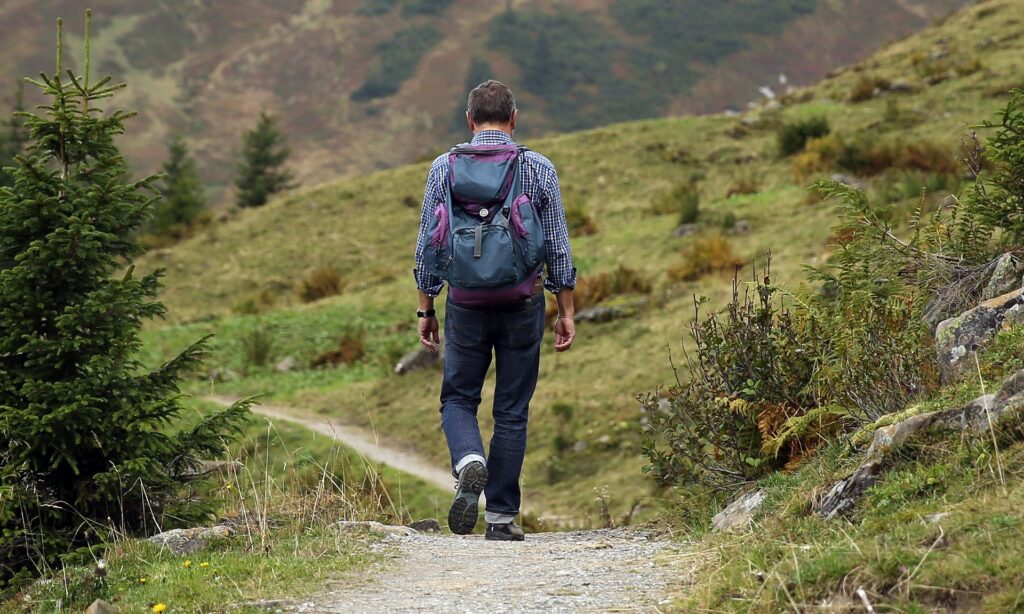
We will pick up two courses around Mt. Amanokaguyama.
・From Haibara to Hasedera Temple
This is a hiking course from Haibara, which retains the atmosphere of an old inn town, to Hasedera Temple via Torimiyama Park.
From Haibara Station, the trail climbs up to Mt. Torimiyama Park is the toughest part of this course as it is a full-scale mountain climbing course.
Looking back, you can see Mt. Uda, Muroo, Soni and other mountains.
From Torimiyama Park, the trail descends and climbs gently, heading toward Hatsuse Dam.
After walking around the Hatsuse Dam Lake and down along the valley, we will reach our destination, Hasedera Temple. See the eleven-faced Kannon statue at Hase-ji!
The precincts of Hasedera Temple are very spacious, with long covered stone steps and corridors connecting the five-story pagoda, Hon Hase-ji, and Niomon Gate, with the national treasure Hondo (main hall) at the center.
The main hall houses the main image of the eleven-faced Kannon (an important cultural property).
The temple is also famous for its peonies, which appear in such classic works as “The Pillow Book”, “The Tale of Genji”, and “Sarashina Nikki (Sarashina Diary)”.
The temple grounds are still maintained with nearly 8,000 peony plants, which are at their best from the end of April to the beginning of May, attracting many flower-viewing visitors every year.
④ Around Asuka Area
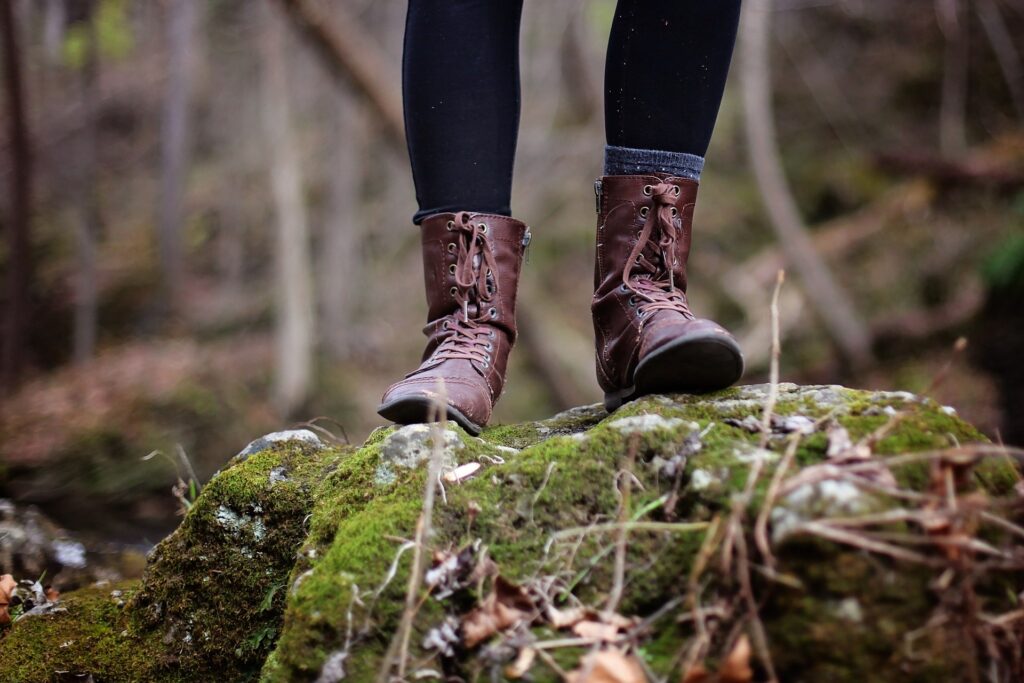
From Asuka Station on the Kintetsu Yoshino Line, walk up the gentle hills of Asuka.
After a short distance, you will see the hill where the Asuka Historical Park is located.
Within the park are the famous Takamatsuzuka Tumulus and Kitora Tumulus.
In Kawahara, Asuka Village, Nara Prefecture, down a gentle slope in the hilly area, you will find Turtle Stone, a huge rock with a turtle shape carved on it.
It is one of the most enigmatic and mysterious giant rock sites in Asuka Village, and has become a symbol of Asuka Village.
Continue walking eastward along the valley, weaving between hills.
Passing the Asuka Village Office, a little further on, you will see a hill where the Ishibutai Kofun Tumulus stands at the foot of Mt.
It is said to be the tomb of Soga Umako, a powerful member of the Yamato regime, but in fact it is a megalithic burial mound with many mysteries.
After leaving the Ishibutai Kofun Tumulus, go back down the road you came from and follow the route extending north from the Asuka Village Tourist Center.
A short distance later, you will come to the site of Asuka Itabatamiya Palace, the imperial palace where Emperor Soga Iruka is said to have lived.
It is famous as the place where Soga Iruka was assassinated in a ruse.
After leaving the Asuka Itabatamiya ruins, head further north and you will see Asukadera Temple, known as the clan temple of the Soga clan.
This area was an area where the Soga and Mononobe clans fought on the right and left banks across the Asuka River, and there are many valuable historical remains such as the Buddhist temple at the house on Ishikawa, the Buddhist temple east of the house, and the northern pagoda on Ono-oka.
Finally, there is Amagashi Hill, which is believed to be the site of the residence of Soga Ezo and Iruka father and son.
From the top of the hill, the entire Asuka area can be seen.
You can also see the entire area where the Fujiwara-kyo Capital once stood.
Descending from Kakashi Hill, we headed for Kashihara Jingu-mae Station on the Kintetsu Railway line, enjoying the view of the elegant Kashihara townscape.
Summary
Today we showed 3 places to enjoy hiking.
When you visit Nara, you can try it even if you are not used to ckimbing mountains.
They are best places to start !
